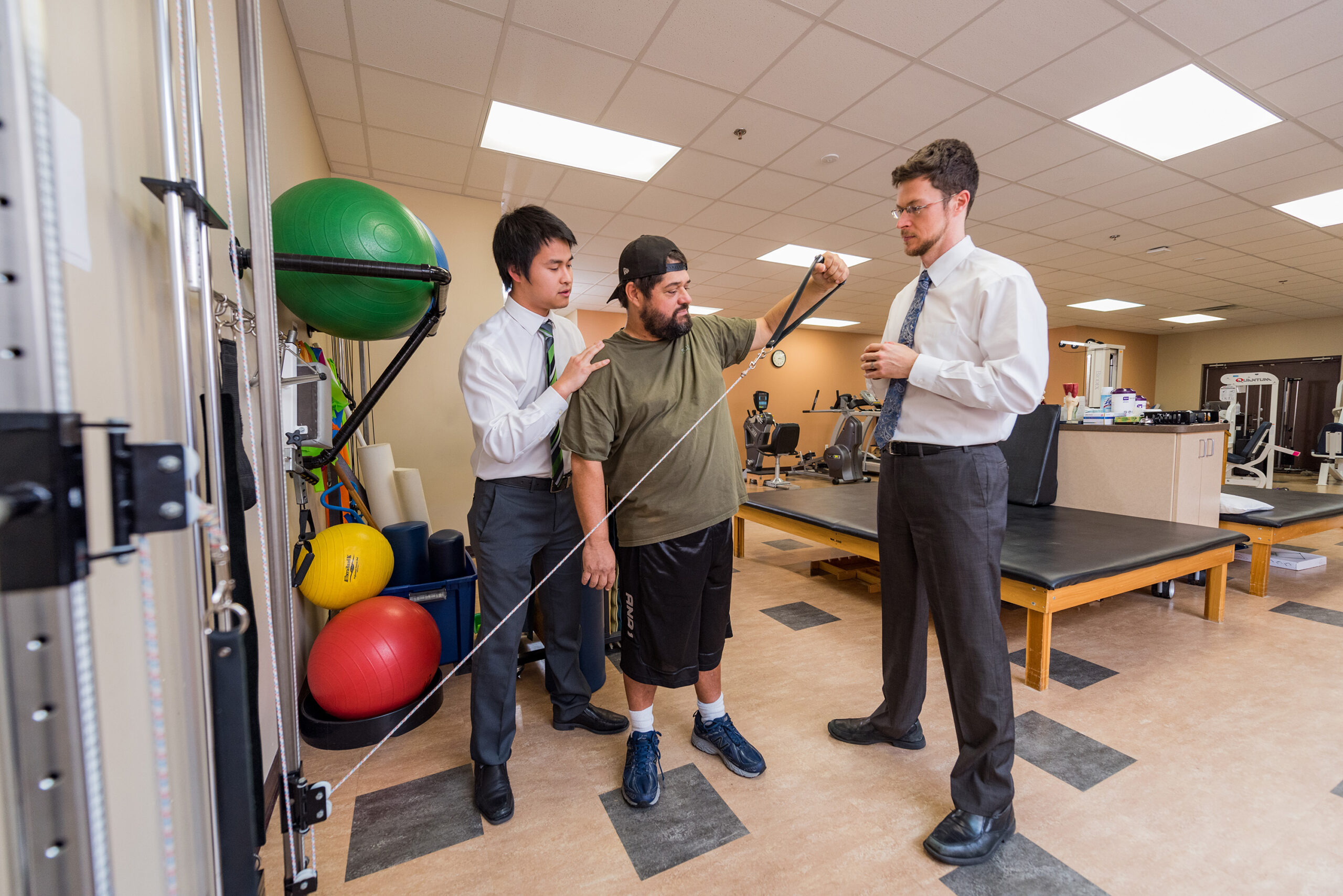Efficient Methods for Alleviating Breathlessness in Physical Rehabilitation Sessions
Efficient Methods for Alleviating Breathlessness in Physical Rehabilitation Sessions
Blog Article
Dyspnea, or difficulty breathing, is a frequent concern that many individuals face, particularly those with chronic lung diseases, heart problems, or other medical concerns. In physical therapy sessions, addressing breathing difficulties is crucial for helping clients enhance their overall standard of life. By utilizing specific methods and approaches, physical therapists can help patients in managing their breathing difficulties. Grasping these efficient methods can enable both therapists and patients to collaborate together more effectively in overcoming challenges related to dyspnea.
One of the primary techniques used to alleviate breathing difficulties in physical therapy is the application of regulated breathing activities. These activities often focus on diaphragmatic breathing, which encourages patients to use their diaphragm rather than their upper chest muscles when breathing in. This approach helps to increase lung volume and effectiveness. Additionally, pursed-lip breathing is another technique that can be helpful. This method involves inhaling through the nose and exhaling slowly through compressed lips, which can assist to keep airways clear longer and render breathing feel easier. By incorporating these activities into therapy sessions, physical therapists can provide patients with tools to control their breathing difficulties both during and beyond you can try these out of their sessions.
Another important aspect of controlling breathing difficulties in physical therapy is the development of an personalized exercise regimen. Tailoring exercises to satisfy the specific needs and capabilities of each patient is crucial. Therapists should gradually introduce aerobic exercises, such as walking or biking, in a controlled manner, allowing patients to build their endurance over a period. This progressive approach helps patients to feel more at ease with physical activity while simultaneously improving their lung capability and overall stamina. It is vital for therapists to observe patients closely during these exercises to make sure they are not overworking themselves, which could lead to greater difficulty of breath.
Teaching also plays a significant role in reducing breathing difficulties during physical therapy sessions. Providing patients with knowledge about their condition and the mechanisms behind breathing difficulties can empower them to take charge of their health. Therapists can describe how factors like anxiety, posture, and surrounding conditions can affect breathing. By understanding these ideas, patients can discover to manage their issues more effectively. Techniques such as anxiety reduction methods and proper body mechanics can further assist in reducing the impact of breathing difficulties during daily activities and therapy sessions.
In summary, effectively alleviating breathing difficulties in physical therapy sessions involves a combination of breathing activities, personalized exercise regimens, and patient education. By applying these efficient approaches, physical therapists can assist patients control their breathing difficulties and improve their overall well-being. Working together between therapists and patients is essential to create customized interventions that meet individual needs. With the right support and techniques, patients can find relief from breathing difficulties and engage more fully in their physical therapy journey, eventually leading to a better standard of life.